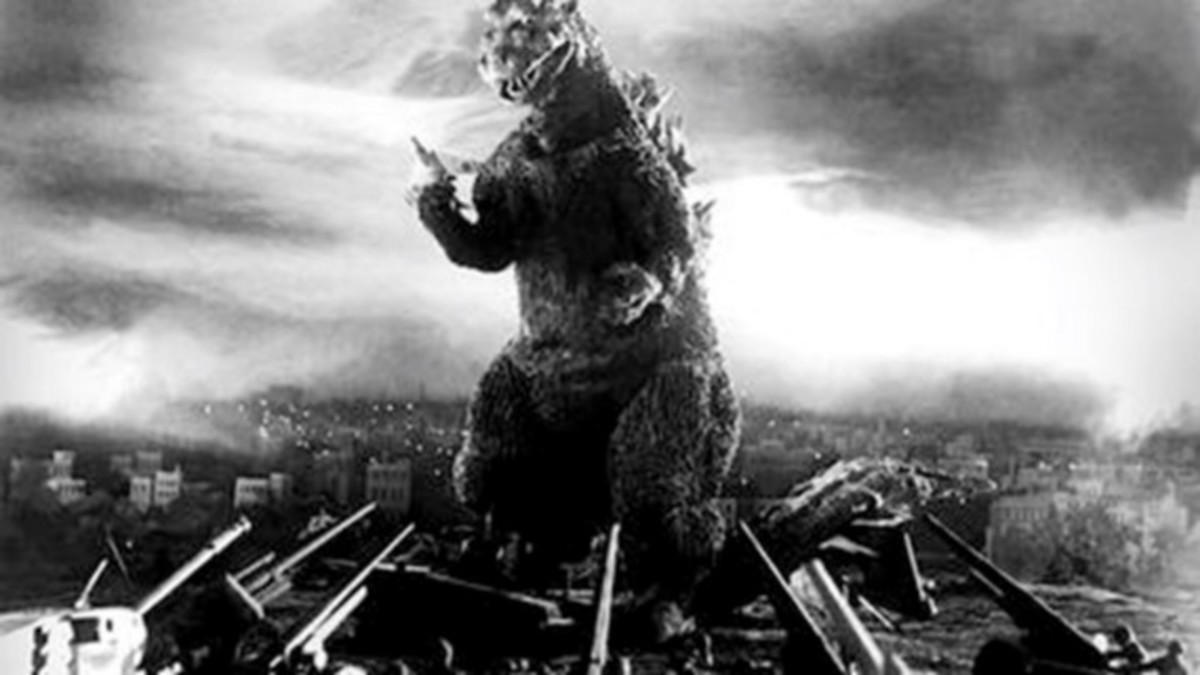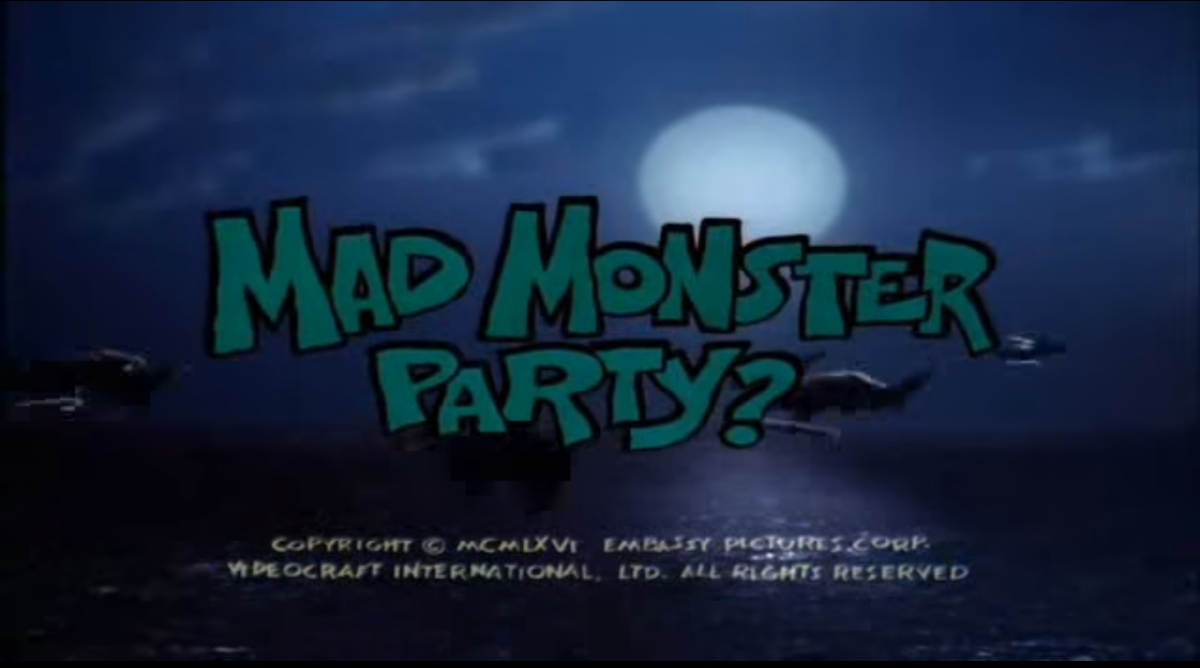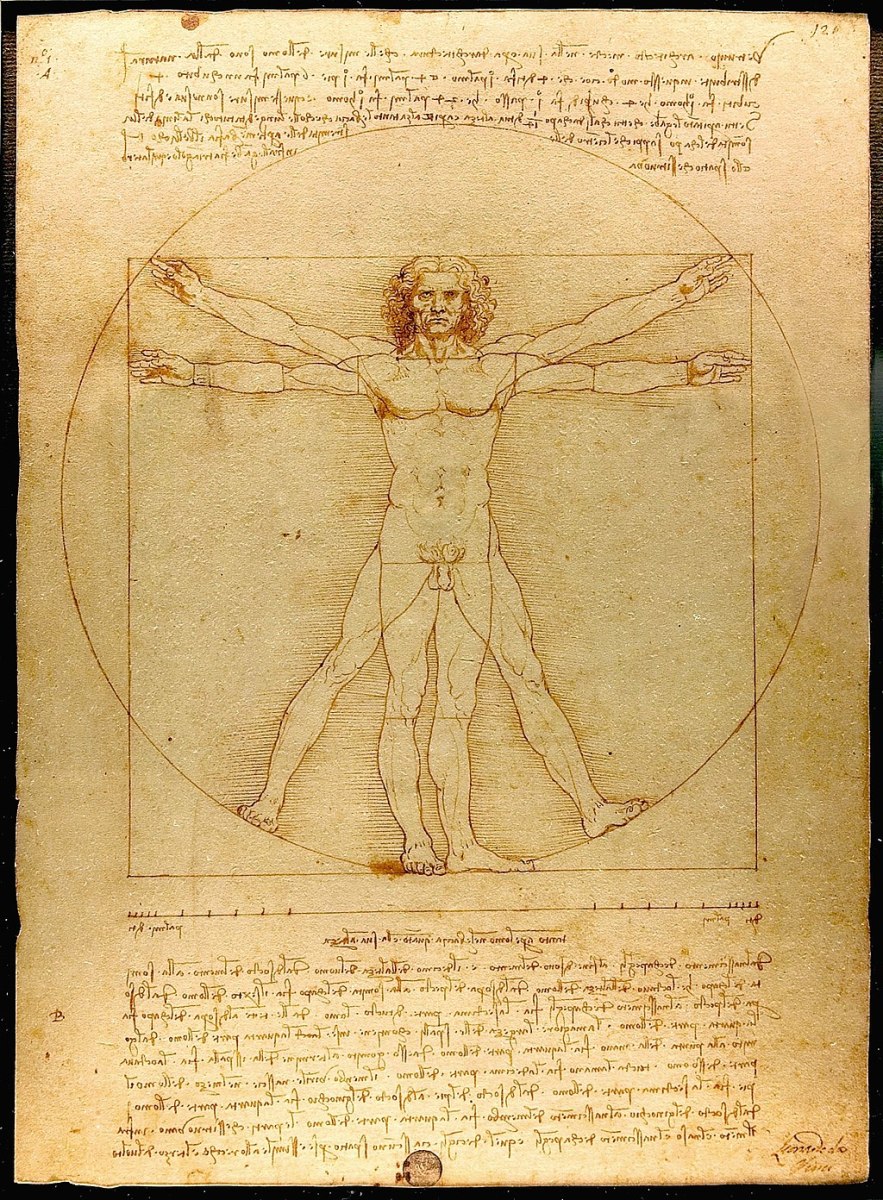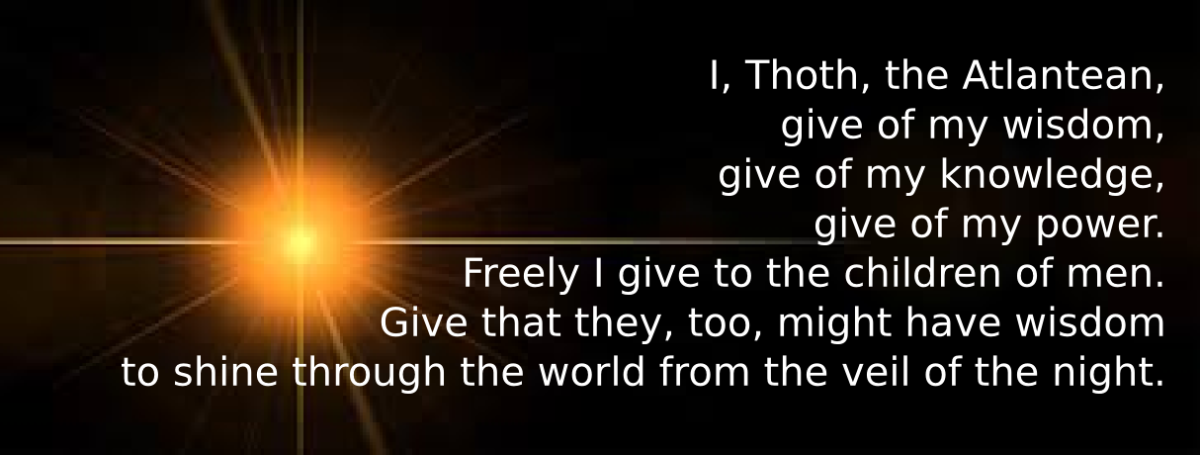The Frankenstein in All of Us
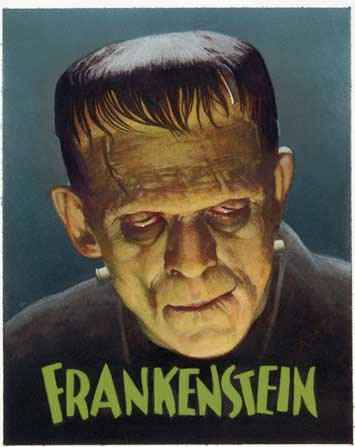
The Frankenstein in All of Us
In the classic Gothic novel, Frankenstein, written by Mary Shelley, the brilliant Dr. Victor Frankenstein created a hideous, giant being from lifeless matter, and brought it to life. Once the monster realized he was run out of a local village because of his ugliness, he returned to seek vengeance upon his creator. It is one of the all time great works of literature and in writing this hub, I have myself, decided to get a copy and read it again. However, this hub is not specifically about Frankenstein, but yet how we become LIKE the good Dr. regarding our problems in life. (And just for clarification, many incorrectly think “Frankenstein” refers to the monster; when in fact, Frankenstein was the young doctor who created the monster. Mary Shelley never gave the monster a name – Dr. Frankenstein only referred it to as the “monster”, “daemon”, “wretch”, or “it”. Likewise, we should NEVER give our monsters (problems) an identity. You’ll see why as you read on!)
Our problems are very much like the hideous creature Dr. Frankenstein created, starting out from bits and pieces of “dead, lifeless matter”, such as our fears, anxieties and worries. (I know this may sound a little “out there”, but stay with me – it really DOES make sense!) And then, like Dr. Frankenstein, we eventually “animate” (or obsess over) all that lifeless matter until it comes to “life”. Once it comes to life, its ugliness becomes horrifying, and we realize we have created a “monster”. When Frankenstein’s monster realized what a ghoulish creature he was, he turned on Dr. Frankenstein, hunted him down, and vowed to destroy him if he did not give him a mate. Similarly, our monsters (problems) can turn on us, hunt us down and destroy us, if we allow them to make demands on us. (See, I told you all this made sense!)
Dr. Frankenstein made a huge mistake when he brought that monster to life. While the novel doesn’t tell us HOW he was able to “play God” in that respect, he was reportedly a genius scientist, excelling in chemistry and supposedly used a technique known as “galvanism” – the bringing to life of organisms using electricity – to bring his monster to life.
As humans, we bring our monsters (problems) to life in other, less scientific ways.Whereas Dr. Frankenstein used “lifeless matter” to create his monster, we use “inanimate materials”, such as fear, worry and anxiety, to bring life to our monsters (problems). I say inanimate because these emotions are “lifeless” until we allow them to invade our mind, body and soul, and breathe “life” into our problems. Lets break them down into individual components, and examine the role each one plays in bringing to life the “monsters” in our life.
FEAR – Does fear create the problem, or does the problem create fear? Either way, MOST times, fear is unfounded. Dr. Frankenstein was not fearful of creating a monster – but the monster he created caused him to be afraid. But, if you continue to read the story, while the monster was fearfully ugly on the outside, he was really not all that fearful inwardly. On the contrary, he had the same basic instincts as the rest of us – he wanted companionship, to be loved, and to be accepted. He even begged Dr. Frankenstein to create a mate for him, which he did, but then ended up destroying her for fear of creating a whole race of ugly monsters. Of course the story is fiction, and has been interpreted many different ways; but the “fear factor” in the story is very relevant in that when all we see is the “ugliness” in our problems, we create FEAR, which in turn, brings our problems to life. We don’t need to fear our problems – we need to look PAST the ugliness, and try to understand them!
WORRY - Same thing here – does worry create the fear, or does the fear create worry? Doesn’t really matter – they both work together to “breathe life” into our problems. But worry is mainly how we “nourish” our fears. Fear cannot sustain without worry. Going back to Frankenstein, the Dr. destroyed the female monster he was creating for the other monster because he was WORRIED they would pro-create and start a whole ugly, monstrous race. By worrying about that, he FED the FEAR, which fed the monster. Instead of creating ANOTHER monster, he should have just DESTROYED the first one! If we let our worry consume us, we are feeding the fear that feeds the monster that ultimately destroys US!
ANXIETY - Having had a frightening history of anxiety and panic attacks – I can first-hand attest to the way anxiety brings our problems to life. Anxiety is exaggerated fear, or fear gone out of control. If you’ve never experienced a full-blown anxiety attack, its very hard to explain to you just how unbelievably scary it is. The physical symptoms of an anxiety or panic attack are bad enough, but the emotional and mental effects are indescribable. Feelings of apprehension or dread, feeling like you’re “losing your mind”, and anticipating the worst possible outcomes are on-going symptoms of an anxiety disorder. If worry and fear go hand in hand to feed the ravenous monsters (problems) in our life, then anxiety is the sustenance that keeps them alive. It’s like an ugly wake of buzzards circling around you all the time – waiting for you to draw your last breath so they can descend down on you and pick your flesh and bones. I’m sure Dr. Frankenstein must have experienced that gut-wrenching anxiety when he realized how much death and destruction the monster he created had caused. Our monsters (problems) can cause us the same paralyzing anxiety if we continue to allow them to exist.
There have been endless hours of discussion about the symbolic meanings hidden deep within the pages of Mary Shelley’s great novel. Some say the monster represented loneliness and the universal need to be loved and accepted by society and our parents. But regardless of the interpretations, a central theme of fear, worry and anxiety run rampant through its pages, and it all stems from the monster that Dr. Frankenstein created. And likewise, it is this same fear, worry and anxiety that will bring our own monsters (problems) to life.
If you’ve never read Frankenstein, I won’t ruin it for you by telling you how it ends. Just suffice it to say that if we bring our monsters (problems) to life, they will not only end up destroying everything we care about, they will destroy us as well.

